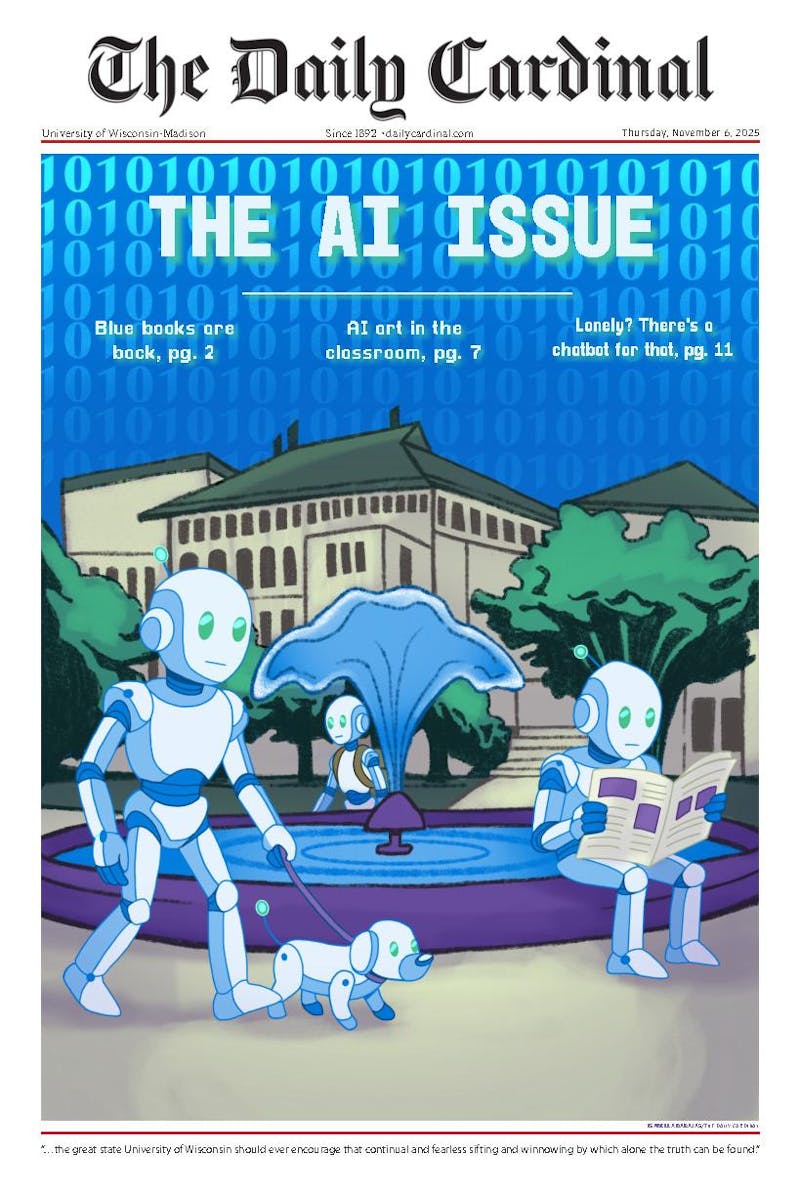Genetically modified crops can spread artificially inserted genes to similar wild plants despite attempts at containing them, a study led by UW-Madison post-doctoral fellow Ralph Haygood discovered.
\The only current method [of containment] is to refrain from growing transgenic crops near sexually compatible wild species. This isn't likely to hold up,"" Haygood said.
New strategies will be required to decrease the amount of genes that escape. Haygood and his colleagues, UW-Madison zoology professor Anthony Ives and University of Minnesota-Twin Cities researcher David Andow, contest that many plans for containment can meet with failure.
""Many people expect that as transgenic crops become more widely cultivated ... transgenes eventually will escape,"" Haygood said.
Transgenes, genes artificially inserted into crops, could become a fixture in a related wild population if allowed to escape, though scientists are formulating plans to reduce this possibility. If transgenes were to escape into wild populations, they could have many undesirable effects.
""These [genes] could escape from our ability to control them effectively,"" UW-Madison wildlife ecology professor Stanley Temple said. ""Extremely valuable gene pools could change in a way that might result in a loss of genetic variation ... and lead to [extinctions].""
Another possible result of escaping transgenes is an increase in the tenacity of wild plants considered weeds, because they would share the same resistance to pests, herbicides and unfavorable climates that crops containing the genes have.
The three researchers created a mathematical model to help determine the length of time a transgene would need to escape. The model measures the probability that a transgene will leak into the environment. Pollen and seed flow, the containment strategy's rate of leakage, the wild plant's selective advantage with the transgene, and the size of the wild population are all factors in the model.
The model could help researchers compare strategies for containing the genes.
""The most popular idea is to insert the transgene in chloroplast DNA instead of nuclear DNA,"" Haygood said.
Although not failsafe, this significantly reduces the chances DNA will escape through the crop pollen to the surrounding wild community, he said, while all other containment strategies are ""potentially leaky.""
""The most important messages are that transgene escape versus containment should be thought of not as a yes-or-no matter but as a sooner-or-later matter,"" Haygood said.





